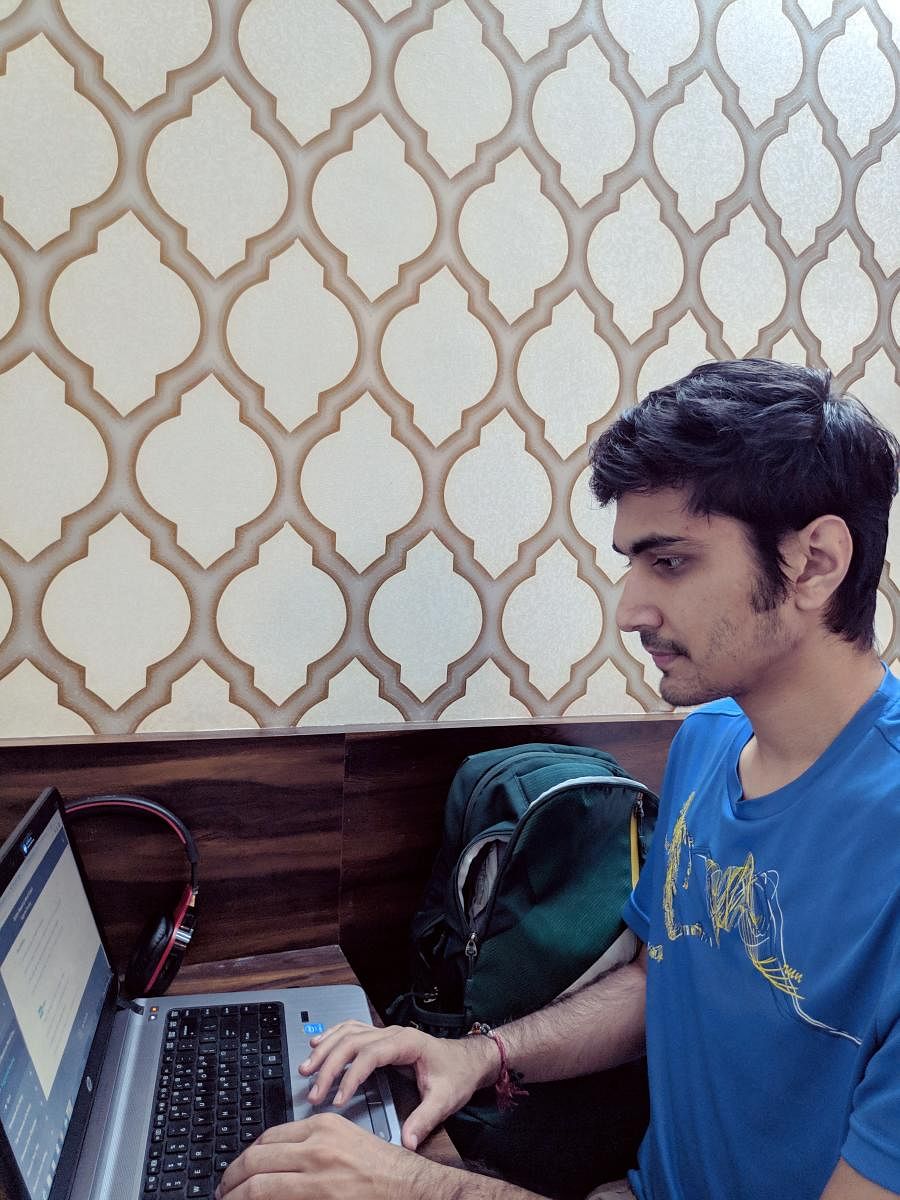Ever since I was a kid, I have been fascinated with teaching. It was my teachers who made me discover my favourite subjects and it played a huge role in my decision to pursue Electrical Engineering. It made me realise that a teacher can have a profound impact on a student’s life.
Back in 2017, when I was still doing my BE, I was offered a chance to volunteer at an NGO and teach school children and I grabbed it in a jiffy. As a teacher, I wanted to make learning simple and fun for my students. I tried to devise different ways to make them understand the concepts, particularly to help them solve math problems. Helping them learn and bringing a smile on their faces, brought a smile on mine.
The entire experience and the transition from being a student to becoming a teacher were quite cathartic and enlightening. I also learnt an important lesson that for a student, the way a teacher teaches is far more important than the amount of knowledge he or she has. For a teacher, the most important thing is to make students understand the concepts in a simple and engaging manner.
Right after graduation, I joined Internshala as a content developer for online training in Creative Writing. Since day one, my experience as a content developer has been packed with learning. Prior to joining Internshala, I believed I knew about most of the aspects involved in teaching. However, I found later that e-Learning is a different story altogether. After being a part of the company for nearly six months, I learned some of the key aspects of content development for e-Learning. These are:
Coordination with subject matter expert (SME): Content developers do not have to create content by themselves. Surprised? Well, a content developer partners with subject matter experts to create the final product.
Subject matter expert, as the name suggests, is an expert of a subject. How does this partnership work? It is quite simple. The SME provides raw knowledge to the content developer and then, the content developer is responsible for converting this into simplified and engaging content. Basically, the content cannot be created without an SME, but the content developer needs to refine it to make the learning experience uncomplicated and interesting.
Being mindful of the learner’s journey: The journey of a learner is one of the most important aspects of a learning environment. This is even more important in the case of online training as during online learning, the learners must start and end the training by themselves. Therefore, it is important that the training is designed in such a way that there is a smooth flow from one topic to another and is easy to understand. For example, if you are teaching a new language, say, French, the first step would be to get the learner acquainted with basic words and then move ahead with basic grammar rules followed by sentence formation and so on.
Engaging and understandable content: Online training is not designed for a specific audience. For the training I am working on, it was pre-decided that our content will be beginner-friendly and there will be no prerequisites for a learner to take up the training. Here, the real challenge was to create the training in such a manner that it was equally engaging and understandable for every possible learner. The answer to this problem was quite straightforward — “keeping it simple.”
The content to be created, be it video or text, should be simple and to the point. Uncomplicated words, easy explanations, and simplified learning experience is all a learner seeks in online training.
While I learned about the above-mentioned aspects of content development for e-learning, I also unlearned many things in the process. Some of them were:
The thing I was most sceptical about when I started off as a content developer was if I was the right fit for the role. It wasn’t long after I started when I realised that this role demands only two primary traits — curiosity and rigour.
Being curious is essential, as a content developer needs to learn as much as he or she can about the subject he or she is teaching, and rigour is required at every stage in the content creation process to ensure that the quality of the content is maintained throughout the training. Once you are clear about these two things, everything else falls into place. After all, content development is a learning journey in itself.
One of my presumptions before applying to the content development position was that one needed a specialisation to become a content developer. However, this presumption changed and I found out that to become a content developer, one needs to be a jack of all trades.
Apart from content creation, the content developer works with video content development team (VCD team) to ensure the videos are being created as per the requirements. The content developer also works with the product team in case a new feature is to be implemented in the online training. In case of the training I am working on, it was the implementation of a peer-to-peer grading system where learners can grade each other’s assignments and learn holistically.
As a content developer, you should not rely solely on extrinsic rewards to show learning results. If you cultivate intrinsic motivation in the training you build, it can fill a learner with curiosity, delight, and gratification. That is a job well done. In addition to this, my mentor also made me realise that there are two actions that make a content developer great:
A content developer learns to identify and analyse learning problems before proposing solutions;
A content developer learns ways to measure the impact of learning.
